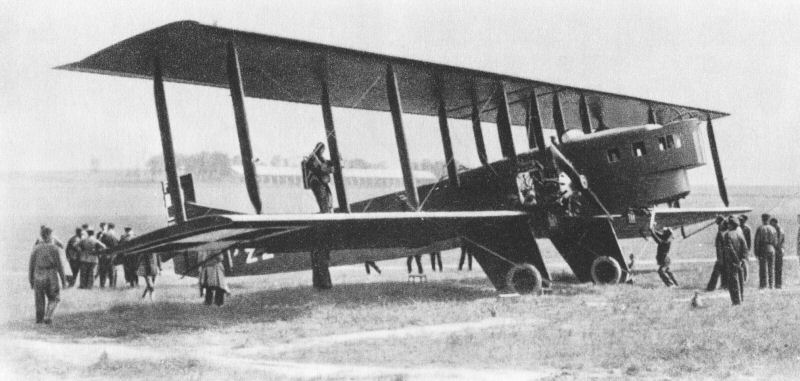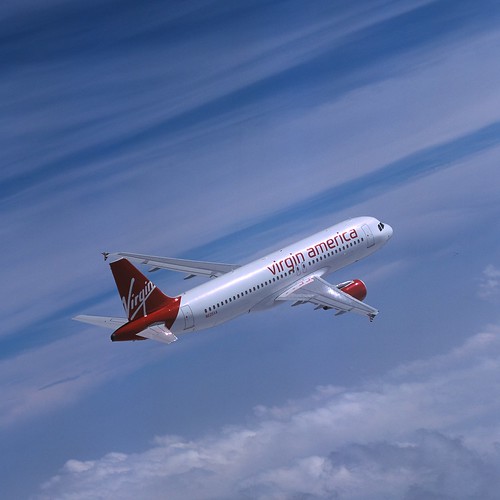Event Alert! Sept. 18, 2012: Leading the Second Century of Flight – An Address by Jim Albaugh, Exec. VP of Boeing @ Woodrow Wilson Center, Washington, DC
 A DIRECTOR’S FORUM
A DIRECTOR’S FORUM
with
Jim Albaugh
Executive Vice President, The Boeing Company
With an introduction by
The Honorable Jane Harman
Wilson Center Director, President and CEO
Since the Wright brothers’ first flight, America’s leadership in aerospace has helped build our economy and ensured our security. Today our leadership is threatened by budget constraints at home and heavy investment by other nations abroad. In this National Aerospace Week address, Jim Albaugh will highlight what’s at stake and what steps the U.S. must take to lead the second century of flight.
Jim Albaugh is an executive vice president of The Boeing Company. A 37-year Boeing veteran, Albaugh has led the company’s commercial, defense, space and security businesses.
DATE & LOCATION:
10:00 to 11:00 a.m.
6th Floor, Joseph H. and Claire Flom Auditorium
Woodrow Wilson Center
DIRECTIONS TO THE WILSON CENTER
To RSVP acceptance or to receive further information, send an email to
RSVP@wilsoncenter.org. Please provide your name and professional affiliation.
Please allow time on arrival at the building for routine security procedures. A photo ID is required.
Note: Individuals attending Woodrow Wilson Center events may be audiotaped, videotaped, or
photographed during the course of a meeting, and by attending grant permission for
their likenesses and the content of their comments, if any, to be broadcast, webcast,
published, or otherwise reported or recorded.











